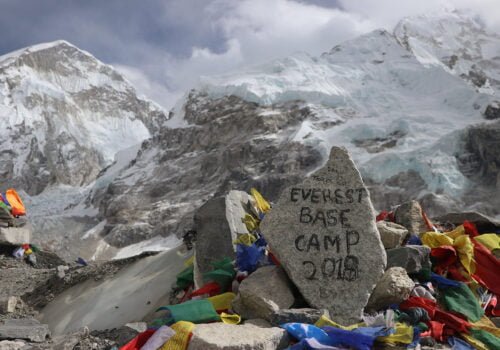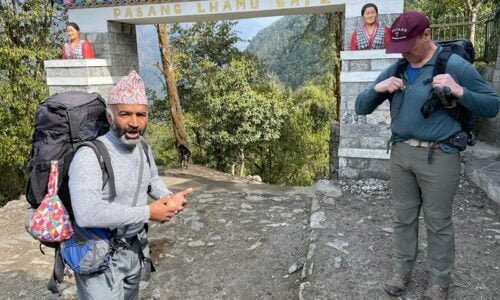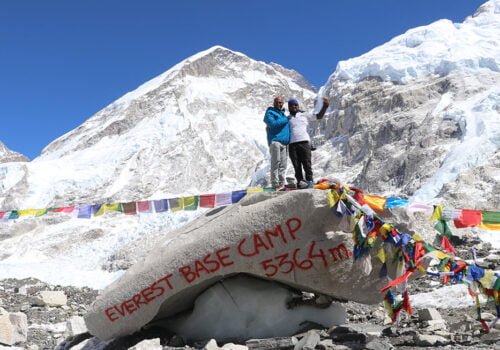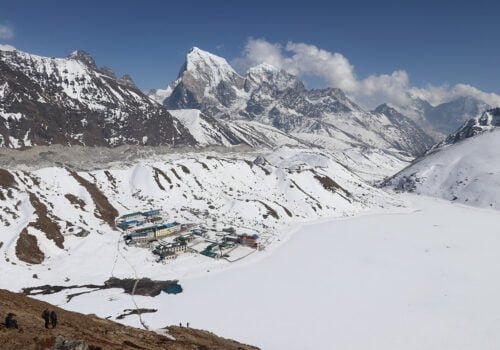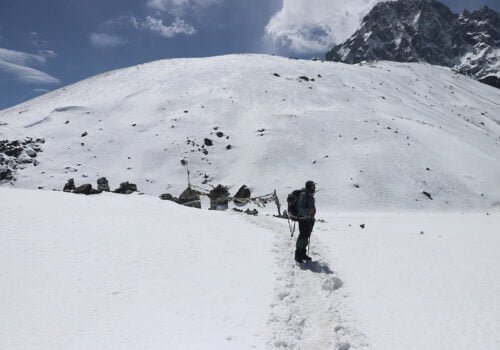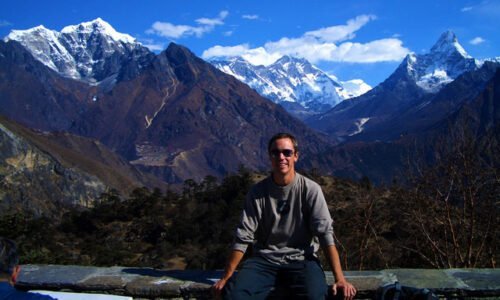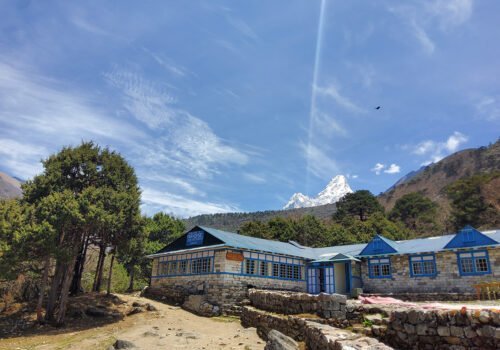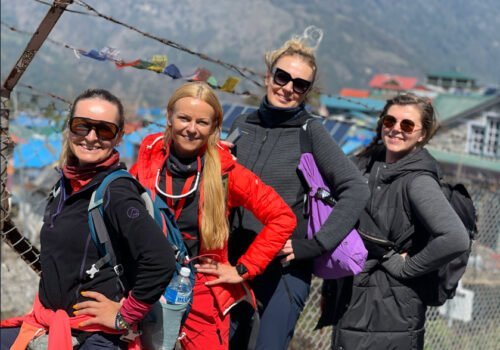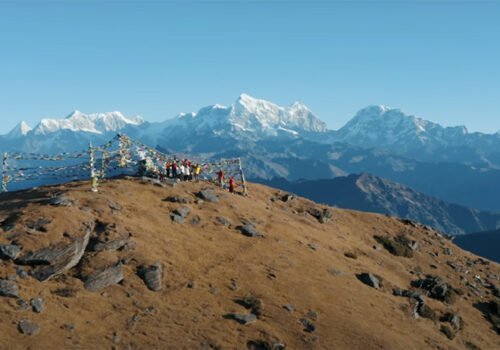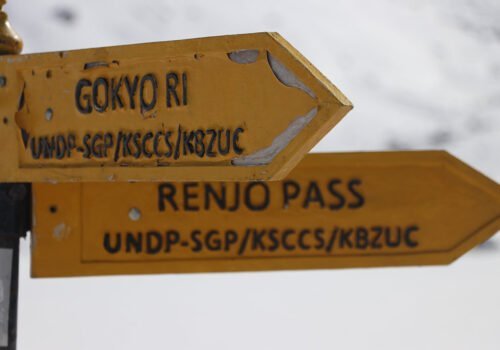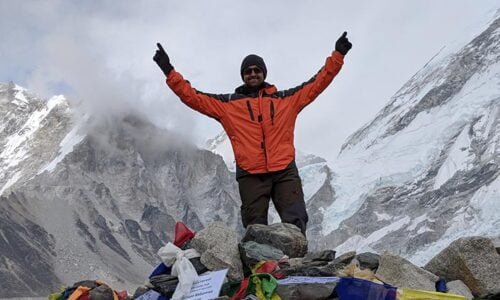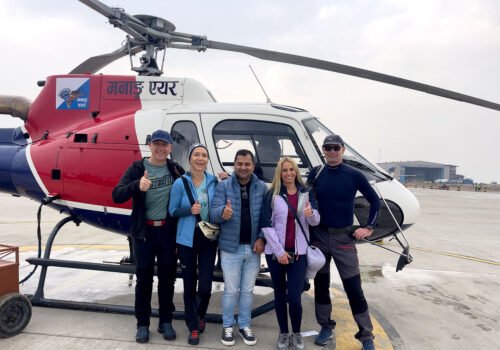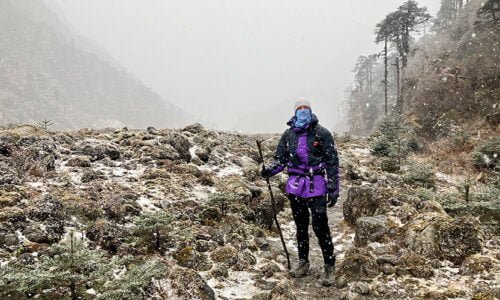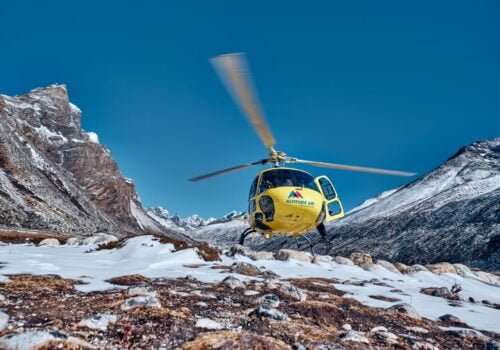Every year, travelers that visit Nepal hit the Everest trail for adventure treks and mountaineering. Everest Base Camp Trek and Everest Panorama Trek are a few most sought after trekking packages in Nepal. But we can offer any combination of itineraries that fit your time and fitness given our long trekking experience and endless attractions of the place: rivers, gorges, glaciers, glacial lakes, peaks, high passes, pristine villages and monasteries.
The highlights of Everest region do not just include its peaks and glaciers. Declared a World Heritage Site in 1979, the areas around Everest are under protection as a national park. The park is home to a variety of rare species of plants and animals, including such plants like birch, hemlock, juniper, pine, fir and rhododendron. Birds and animals like impeyan pheasant (the national bird of Nepal), blood pheasant, red-billed chough and the yellow-billed chough and animals like musk deer, horal, tahr, and serow roam the slopes of mighty mountains of this area. Finally, Everest region harbors places most rife with yeti legend and numerous researchers from time to time have toiled in different villages and hamlets in this very place.
In the past, all treks to Everest started from Jiri. After the construction of an airport in Lukla, however, it is now customary to start all Everest treks and Everest from Lukla. Onwards from Lukla, Namche is the most famous place, the biggest market and most modernized town in Solukhumbu. While Namche is often known as the entrance to Everest, Everest region has numerous Sherpa villages and monasteries with centuries old culture and lifestyle. Some of the well known Sherpa settlements of the area are Khunde, Khumjung, Thamo, Thame, and Phortse. Tenboche Monastery is perhaps the most prominent monastery of in the region, where the famous Mani Rimdu festival is performed every year.

